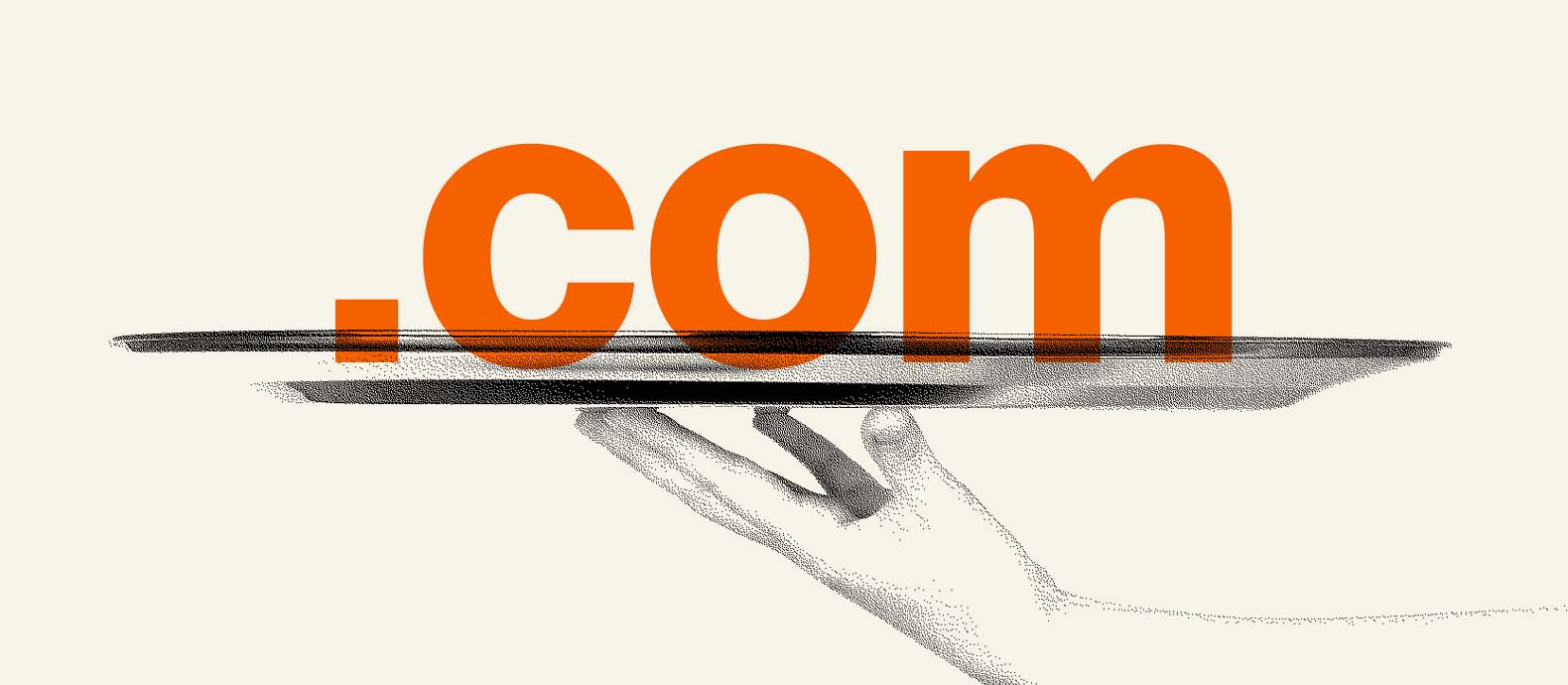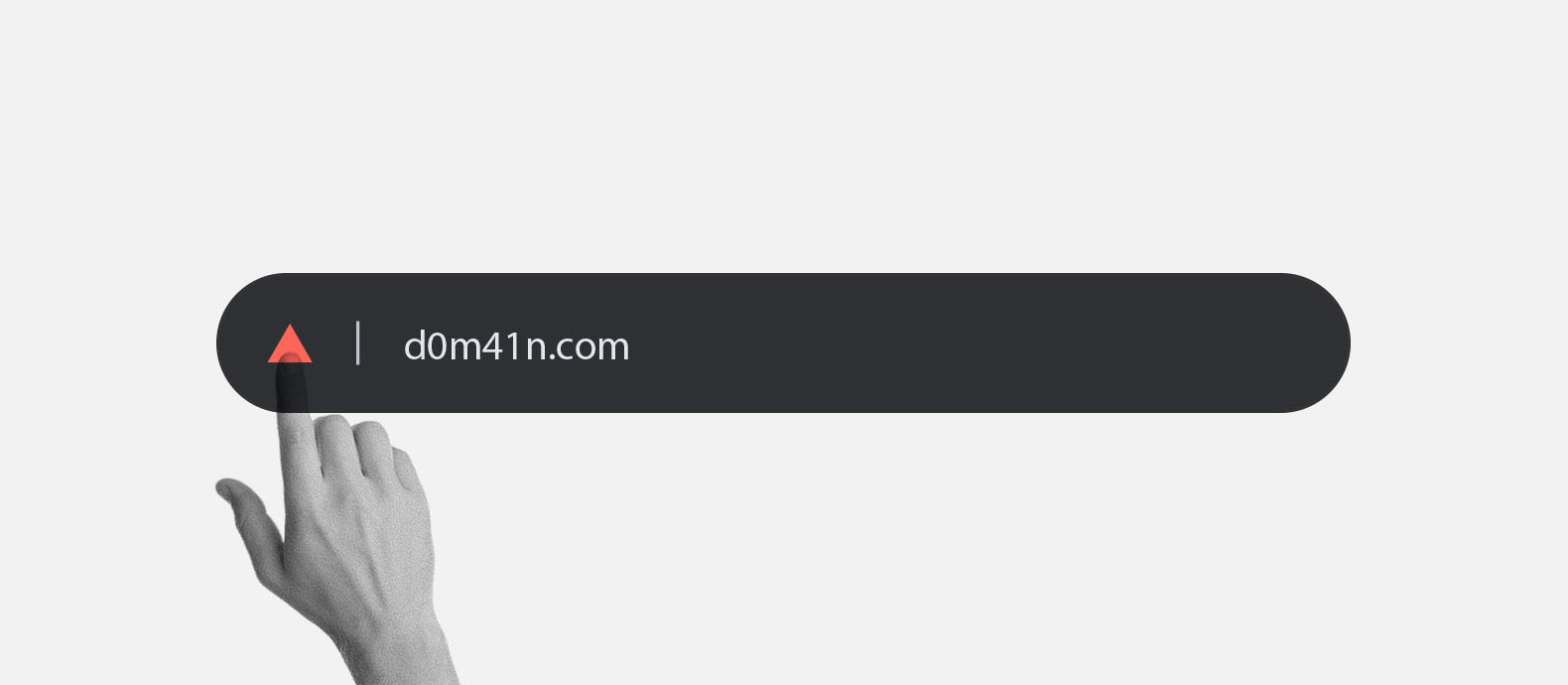Domain squatters are not new in the field of cybercrime.
Domains are highly sought after in today’s business world, as many companies use the internet as a central aspect of their marketing and sales strategies.
Because it is so important to have a domain name connected with a company trademark, the number of registered domain names has skyrocketed over the past decade.
Let’s explore how to automate the removal of fake websites and protect domain names that are important for your brand or business.
Scope of the problem
Domain squatting, or cybersquatting, is a growing problem that can cause significant challenges and costs for businesses. In 2022, there were 5,423 cybersquatting cases filed with the World Intellectual Property Organization (WIPO), a 5% increase from 2021 and a 29% increase from 2020. Many of these cases involve domain names similar to well-known brands in industries such as fashion, banking and finance, and internet and IT.
Additionally, phishing websites created using fraudulent domain names are on the rise, with over 146,000 newly observed phishing websites in the first quarter of 2020 alone.
What are domain squatters?
Domain squatters are those who buy up available generic top-level domains (gTLDs) with the intention of preventing others from registering them and making money through reselling or advertising. Domain name squatting is one of the oldest types of crimes available.
First, a domain squatter will look into the availability of domain names, such as company names, brand names, trademark names, or anything else that may be profitable for a corporation to pay for. If the domain name is available, the buyer will pay a premium to resell it to the business or brand owner.

How to prevent domain squatting?
Register your domains even before you need them
The first step you can take to safeguard your business or personal brand from domain squatting is to get the domains you’ll need. Buying a domain name is a good idea, even if you don’t have any immediate plans to set up a website.
If you don’t want someone else to be able to take your domain name, you must be listed as the record’s owner.
When forming an LLC before owning the associated domain name, you risk an opportunistic squatter snatching up the domain and trying to sell it back to you at a high price.
Register similar domain names
Once you have secured the desired domain name or names, you can register any domain names that are confusingly similar to yours. This will make it harder for imposters to steal traffic or redirect users away from your site.
To prevent others from registering domain names that are confusingly similar to yours, you may want to:
- Mistyped versions of your domain name,
- Names that are almost identical to your own save for one or two characters
- Multiple domain extensions share the same or a similar name (for example, dot-info, dot-co, dot-biz, and so on).
Register your brand with the Trademark Clearinghouse (TMCH)
Internet Corporation for Assigned Names and Numbers (ICANN) operates the Trademark Clearinghouse (TMCH), a database of registered trademarks.
If you’ve already taken the time to register your trademark with the TMCH, you’ll have first dibs on any new TLDs that include your mark. It also offers you the right to take action against any look-alike domain attacks you discover by filing a Uniform Rapid Suspension (URS) with the National Arbitration Forum under the Uniform Domain Name Dispute-Resolution Policy (UDRP).
How to deal with domain squatters manually?
Following the options outlined below, you can strategically position yourself after evaluating how the domain is used:
1. Get in touch with the domain name registrant.
Contact the domain name registrant first before drawing any conclusions. Use the “WHOIS Lookup” service at whois.net to discover the contact details of a domain’s registered owner. Investigate if the registrant is prepared to sell you the domain name at a price you are ready to pay or whether there is a good reason for using the name.
2. Negotiate
You can decide how much to give the domain’s owner once you’ve established if the domain is being used lawfully or is being retained for cybersquatting reasons. It is not uncommon to arrange the transfer of rights to a properly used domain name for a relatively small fee.
If, on the other hand, the domain name was registered in bad faith and with the intention of squatting, then all attempts at negotiation may be in vain because the asking price may be artificially increased to an unreasonably high level.
Worse yet, if the entity doing the negotiation is a well-known company, celebrity, or public figure, the squatter will likely assume they can easily afford to pay the asking amount.
3. Play the waiting game
Many domain owners demand exorbitant costs and refuse to budge during negotiations, limiting your choices as you seek to purchase a domain name. As a result, many potential buyers can only wait for a domain name to become available through the expiration process.
However, there are risks associated with waiting for a domain name to expire since other parties may show interest in purchasing it. Owners of domain names may also subscribe to automatic renewal services to avoid terminating their rights to use the name.
If the above mentioned solutions fail, most people will resort to legal action.
4. Take legal action
Legal disputes often end up being expensive for everyone concerned. Many people may try to negotiate again or wait for the domain name to expire rather than go through the lengthy process and expense of hiring legal counsel.
Those who take legal action usually have a compelling case demonstrating domain squatting and the financial resources to hire counsel for the duration of a possibly lengthy dispute.
The cost of resolving a domain name dispute can vary widely depending on the circumstances, but according to WIPO, the average cost of filing a cybersquatting complaint with them is around $2,000 to $3,000 in fees and expenses.
How to handle large-scale domain squatters
For brands, protecting their online reputation is crucial, but manually monitoring and enforcing their domain rights can be a time-consuming and expensive process. Automating the process of domain protection can provide a cost-effective and efficient solution for brands to safeguard their online presence.
Red Points’ Domain Management platform is a comprehensive solution designed to help businesses manage and protect their domain portfolios. The platform provides automated domain monitoring, acquisition, and management services to help businesses safeguard their domain names and prevent domain squatting or other forms of online brand abuse.
With Domain Management, businesses can quickly and easily track the status of their domain names, as well as receive real-time alerts for any potential domain infringements or security threats. The platform also includes advanced domain acquisition capabilities, enabling businesses to acquire domains that are important to their brand and protect them from potential squatters.
Moreover, Red Points’ Domain Management platform provides a user-friendly dashboard that allows businesses to manage their domain portfolios and track their online brand protection efforts in one place. By automating the domain management process, businesses can save time and resources, while ensuring the security and integrity of their online presence.
What’s next
Domain squatting is a growing problem and can have serious consequences for your business, including loss of revenue, damage to your brand reputation, and legal issues.
It’s important to monitor and manage your domain names to prevent domain squatting, as well as to protect your brand and intellectual property. Before considering costly legal action, it is important to explore all options if a squatter has registered your preferred domain name. Prevention is often the best defense, and being prepared for a potential domain squatting attack is crucial. If you want to protect your brand and prevent domain squatting, consider using Red Points Domain Management software. With advanced monitoring and management features, Red Points can help you stay on top of your domain names and protect your online presence.







